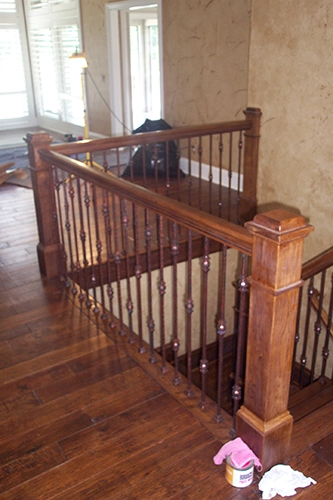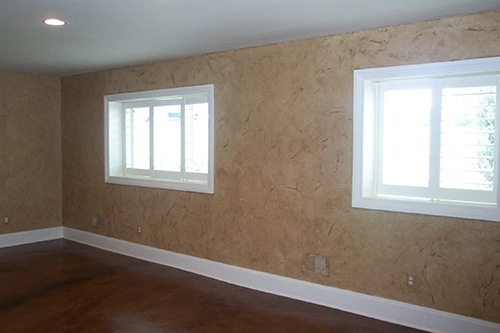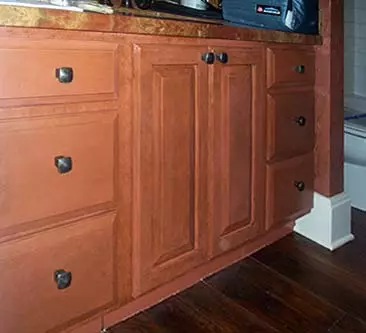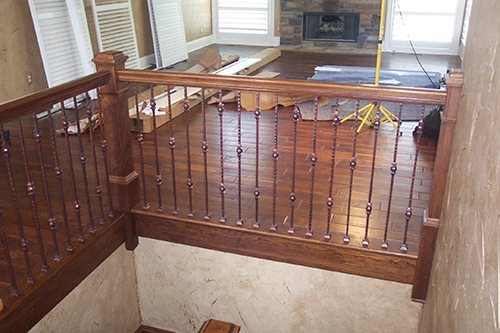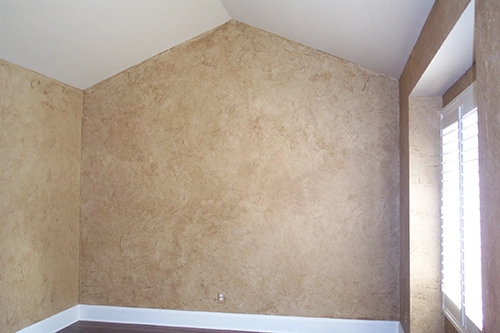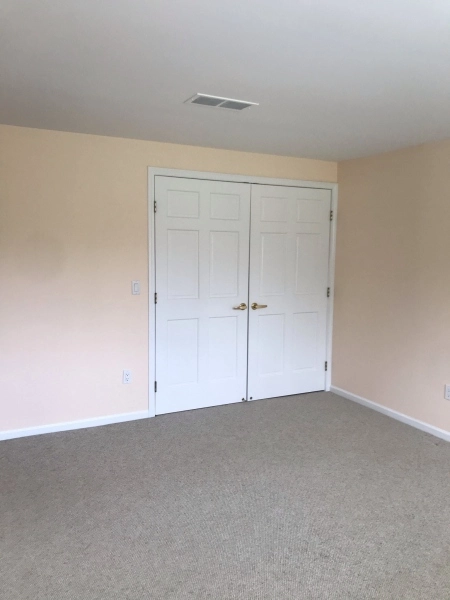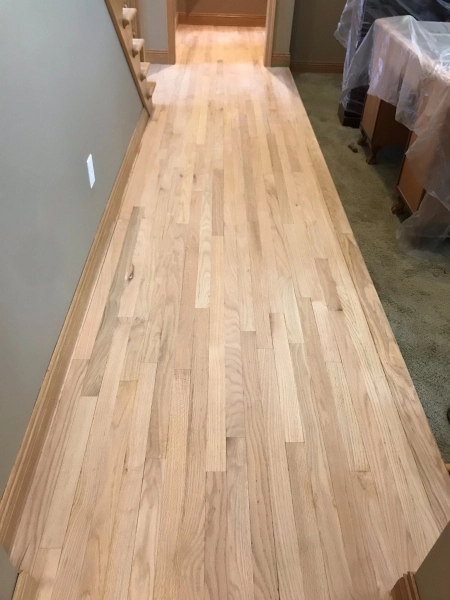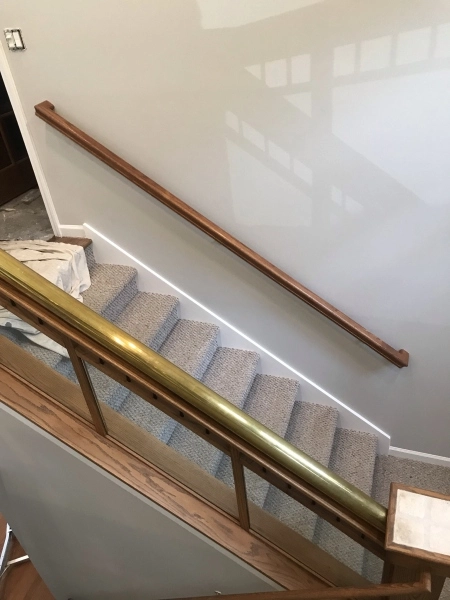Faux Finishing Painting
Faux painting techniques require experience and skill to produce a consistent, elegant result.
Faux finishes are a popular and effective way to add depth, texture, and visual interest to interior and exterior surfaces.
From walls and ceilings to furniture and accessories, faux finishes can create a range of effects, from rustic and weathered to elegant and polished. One of the main advantages of faux finishes is that they allow you to achieve the look of more expensive materials, such as marble, stone, or wood, without the cost of maintenance.
Check out some of our recent faux-finish projects from homes in and around Ann Arbor, below:
Types Of Faux Finishes
There are several types of faux finishes, each with unique benefits and application methods. The following are some of the most popular types of faux finishes:
- Ragging: Ragging is a painting technique that involves rolling or dragging a rag over wet paint to create a mottled or textured effect. Rustic or aged looks can be achieved with this technique.
- Sponging: Sponging involves applying wet paint to the wall and then dabbing it with a sponge to create a textured effect. Various looks can be achieved with this technique, from subtle texture to bold, dramatic patterns.
- Stippling: Stippling is a technique that involves applying paint with a stippling brush, creating a textured effect that resembles the look of stucco or plaster. Walls can be given depth and texture by using this technique.
- Glazing: Glazing involves adding a transparent or semi-transparent layer of paint over a base coat to create depth and dimension. It can be used to achieve a range of effects, from a subtle shimmer to a dramatic one.
- Marbleizing: Marbleizing involves creating the look of marble by layering different shades of paint over a base coat and then using a specialized tool to create veins and texture. An elegant and sophisticated look can be achieved with this technique.
- Wood graining: Wood graining involves creating the look of wood grain by using a special tool to create lines and texture in wet paint. Wood finishes can be created using this technique, ranging from light oak to dark mahogany.
- Strie: Strie is a painting technique that involves dragging a dry brush through wet paint to create a soft, subtle striped effect. A simple, elegant look can be achieved with this technique.
Contact Lang's Painting To Discuss Faux Finishes For Your Project!
We provide quality service and workmanship. Our customers find our rates reasonable, our service timely, our staff friendly and our attention to detail superior.
Benefits Of Using Faux Finishes
Faux finishes are a great way to add texture and depth to walls, furniture, and other surfaces. They can also be a cost-effective way to achieve the look of expensive materials such as marble, stone, or wood without the high price tag. Faux finishes have the following benefits:
- Cost-effective: They are cost-effective, which is one of their main advantages. While natural materials like stone or marble can be expensive, faux finishes can be achieved at a fraction of the cost. They are, therefore, an excellent choice for homeowners looking to update their home’s appearance on a budget.
- Versatile: Decorative faux finishes can be applied to walls, ceilings, furniture, and even floors. Because of this, any room or space can benefit from their texture and interest.
- Customizable: Faux finishes can be customized to fit any room’s style and color scheme. There are a variety of techniques and colors to choose from, allowing for endless design possibilities. Whether you’re looking for a rustic, weathered look or a sleek and modern finish, a faux finish can fit your needs.
- Durability: Many faux finishes are more durable than their natural counterparts. For example, a faux marble finish is often more resistant to scratches and stains than real marble. Faux finishes are ideal for high-traffic areas like kitchens, bathrooms, and entryways.
- Easy to maintain: Faux finishes are also easy to maintain. They are easy to clean with a damp cloth and mild soap, making them a practical choice for busy households.
- Eco-friendly: Faux finishes can also be an eco-friendly choice. Using faux finishes, you can avoid the environmental impact of mining natural materials like stone or marble. Additionally, some faux finishes are made with non-toxic, low VOC (volatile organic compound) paints, which can improve indoor air quality.
- Adds value to your home: Finally, using faux finishes can add value to your home. You can increase the appeal of your home by upgrading the walls, ceilings, and furniture with faux finishes. As a result, your home will have a higher resale value and stand out from the crowd in a competitive market.
Ready To Paint?
When considering a faux finish for your space, it’s important to work with a professional with experience with the technique you are interested in. Faux finishes are a versatile, cost-effective, and aesthetically pleasing option for adding depth and texture to your space. Choosing the right type of finish and working with a professional can help you achieve a gorgeous and unique look.

